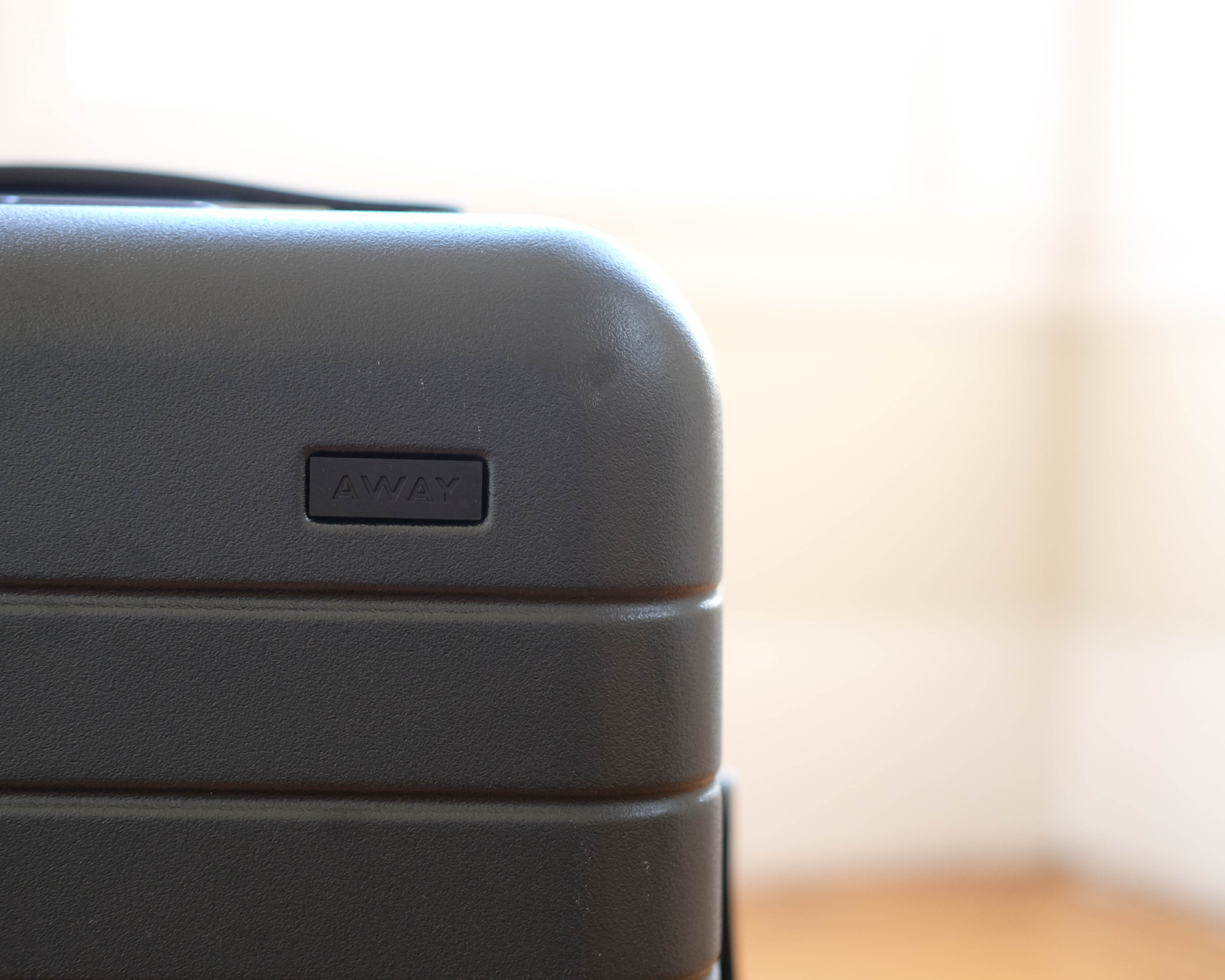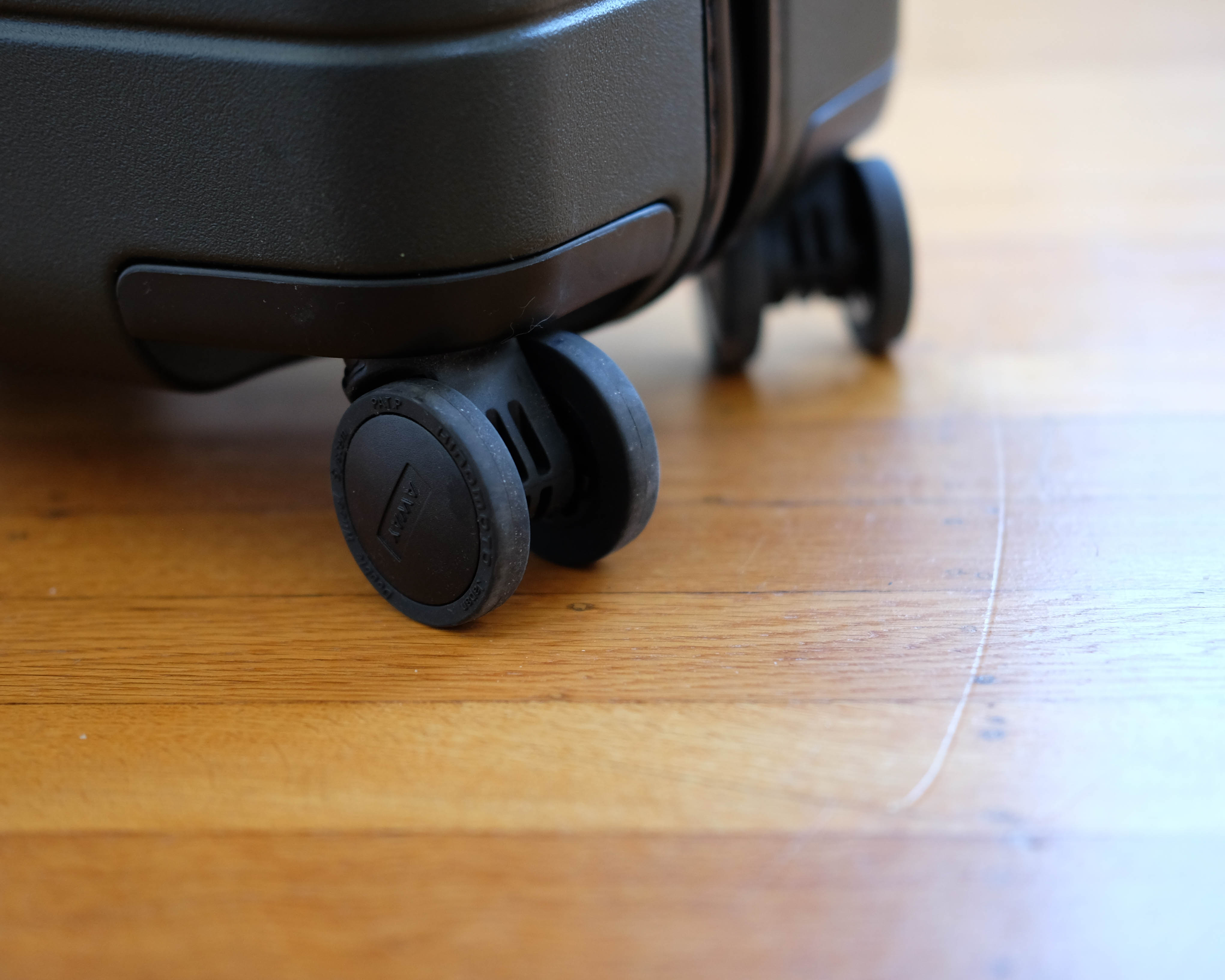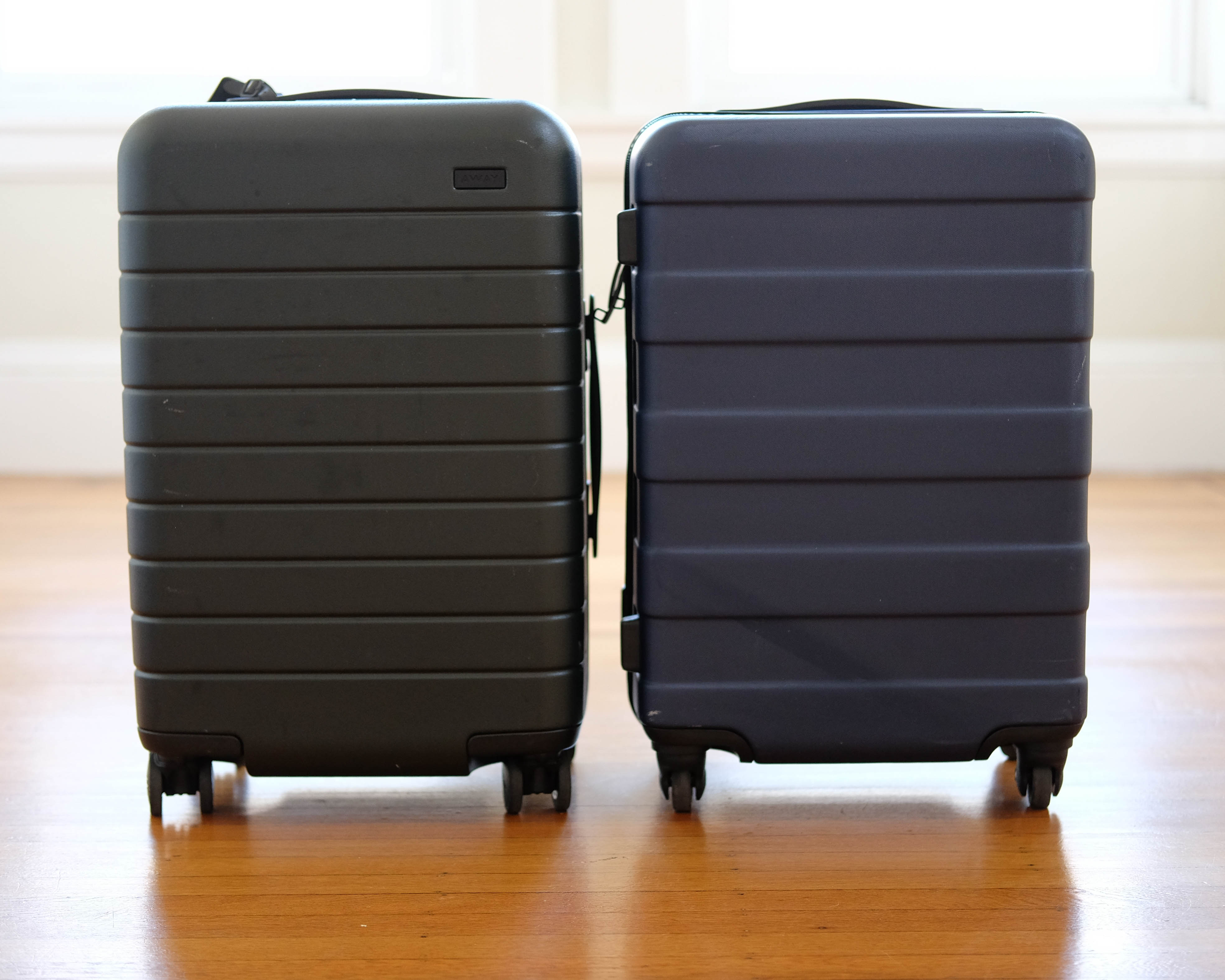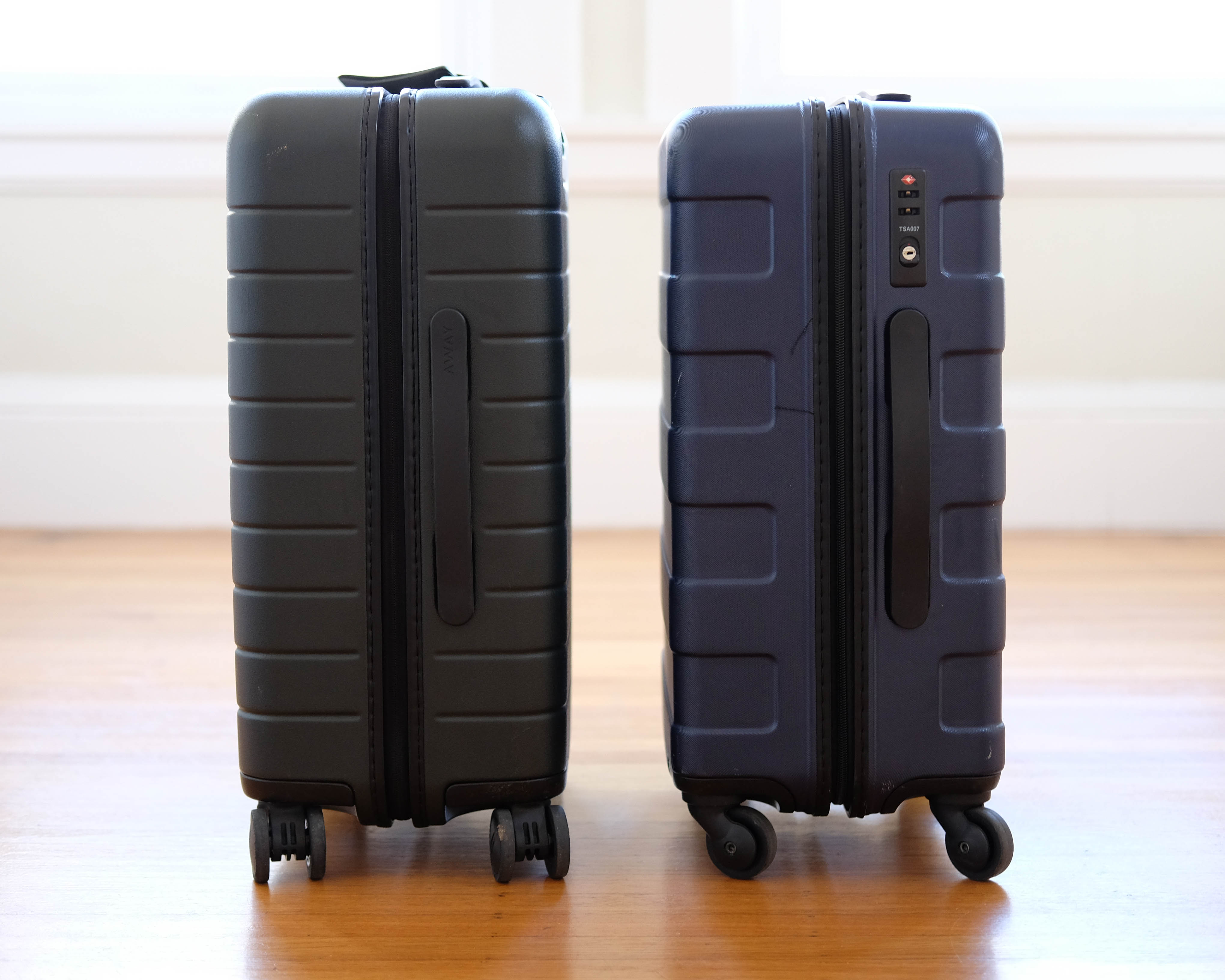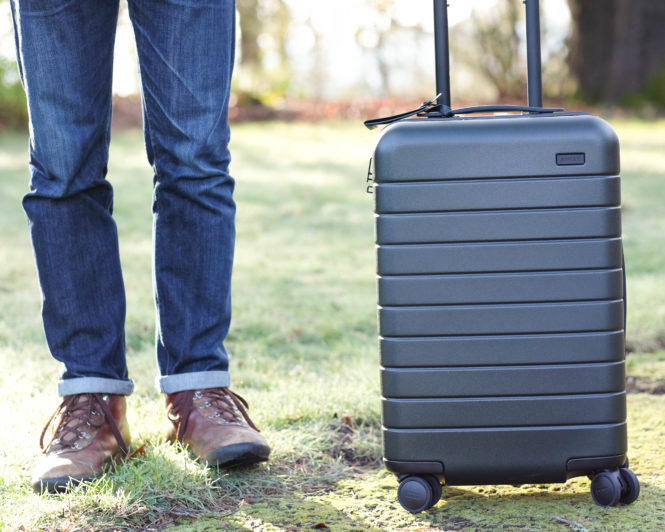I’ve been doing a lot of flying lately. And because of that, I’ve been talking a lot more about how I travel and what I use. My review of the MUJI 33L carryon was one of the most visited posts from last year, and I’ve received many questions on how it compares to Away, a potential competitor I mentioned in that article. I’ve since acquired one of their carryons and had some time to travel with it – here’s the review you’ve asked for, as well as how it compares to the MUJI.
Away gives us the standard premise we’ve become familiar with: by cutting out the middleman, they are able to offer a much better price for a top-of-the-line product. This is easy to say (and we hear it from everyone these days), but I generally take these direct-to-consumer statements with a big grain of salt (I’ll write more about that later). For example – are they really cutting out the middleman if they also sell their products on Huckberry? I doubt Huckberry’s doing that for free. Maybe I’m just getting lost in semantics, but Away does call it the perfect carryon – let’s take a dive and see if it really is.
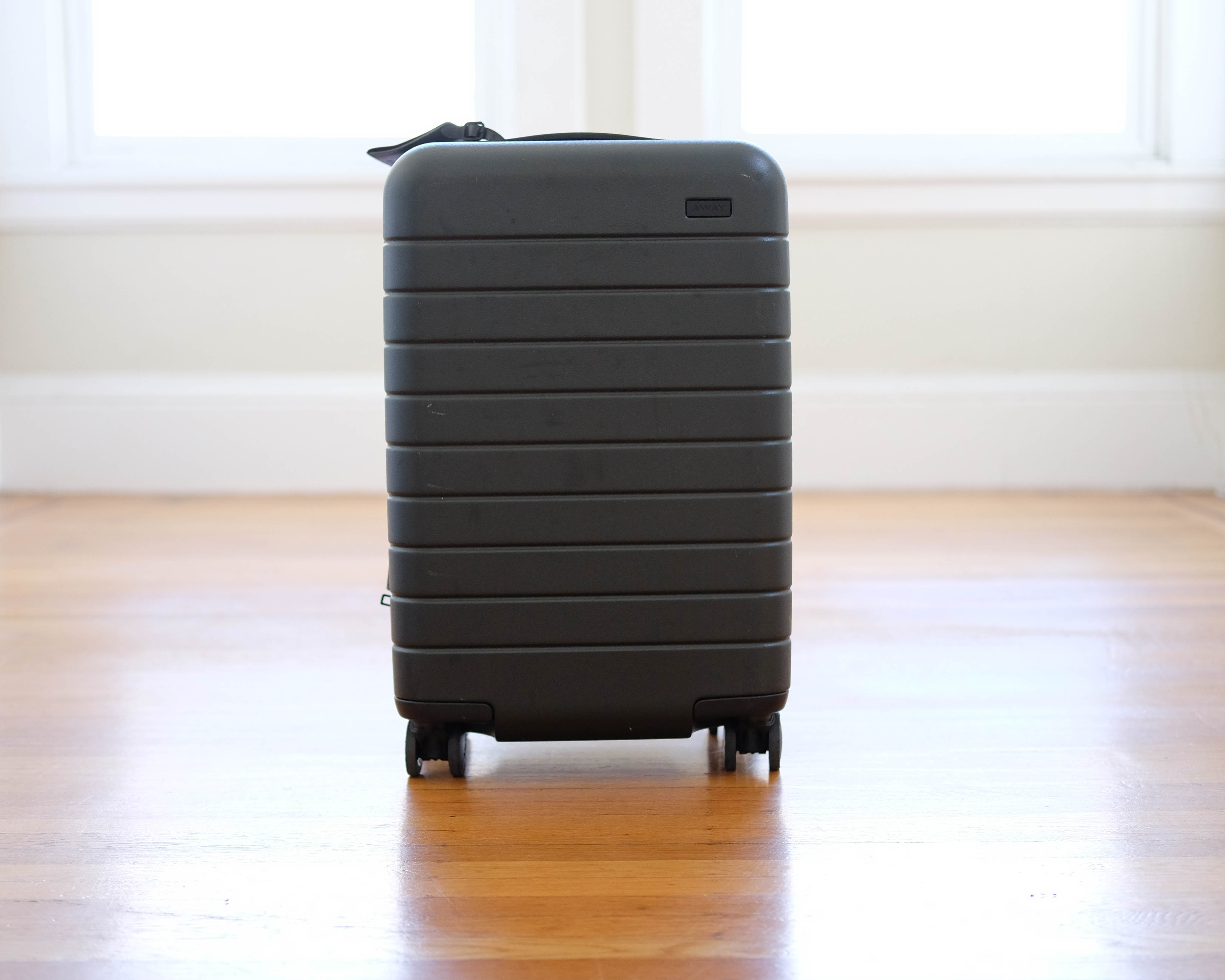
Away Carry-on specs
Out of the gate, the Away carryon packs some solid stats – lightweight German polycarbonate shell, YKK zippers and TSA lock, 10,000 mAh high-capacity battery and two USB ports, Hinomoto double-wheel spinners, and fairly spacious 38L capacity. It also comes in some nice colors – I’m a big fan of the olive, as it’s fairly subdued and attractive but also easy to pick out on the luggage conveyor belt (if I’m forced to gate check). The overall aesthetics are nice as well – it certainly beats the standard puffy nylon suitcase you usually see, and it’s a bit more refined than the MUJI carryon as well.
The battery is an interesting feature – it holds a lot of power and can charge a phone quickly, which is admittedly handy. All the tools needed to charge it are included as well. The biggest tradeoff is that if you ever have to check this bag, the battery should be removed due to TSA regulations. They include the tools needed to do this, but unzipping the lining and unscrewing the battery at the check-in gate isn’t really an ideal experience. Still, though, having a battery on your carryon sure beats sitting on the dirty airport floor in a dark corner, trying to fight over the three outlets in the terminal. UPDATE: Away now makes their carryons with batteries that are ejectable from the outside. I had to manually update mine to have this feature which was inconvenient but it’s definitely a better design this way.
With the addition of the battery comes another major downside, though – it takes the space that would normally host a wheel lock (as seen on the MUJI). Interestingly enough, even the larger Away bag sizes (that don’t have a battery) also don’t have a wheel lock, which leads me to believe that the designers have never ridden on public transit or visited a hilly city like San Francisco. Holding on to a 4-wheeled carryon with no wheel lock on a packed BART train is like trying to hold back a fully grown pitbull that smells something interesting across the street – it’s doable, but it’s gonna require some upper body strength. It’s a close call, but if I had to pick between a battery and a wheel lock, I would probably pick the wheel lock. The battery is a great feature, but to me the lock borders on essential (at least for how I travel).

With that said, the Away carryon does address what I think is the biggest weakness of the MUJI – short handle height. As I mentioned before, the short MUJI handle can make pulling the luggage somewhat uncomfortable for people over about 5″8′. The handle on this guy can extend significantly higher, which makes it much more comfortable to maneuver. So while the Away is harder to control while staying still, it’s much easier to control when moving.
Although the handle has nice range, I do have one small gripe – the button on top is quite small. It’s significantly narrower than my thumb (and I don’t have big fingers), so pushing the button is a little bit of work. I unfortunately don’t have a picture of this, but just imagine trying to push a button that’s a little too small for your finger. The MUJI button is very thumb-sized, so it’s easy to press. With that said, it’s not a huge deal and I’d prefer the longer handle extension over the larger button.
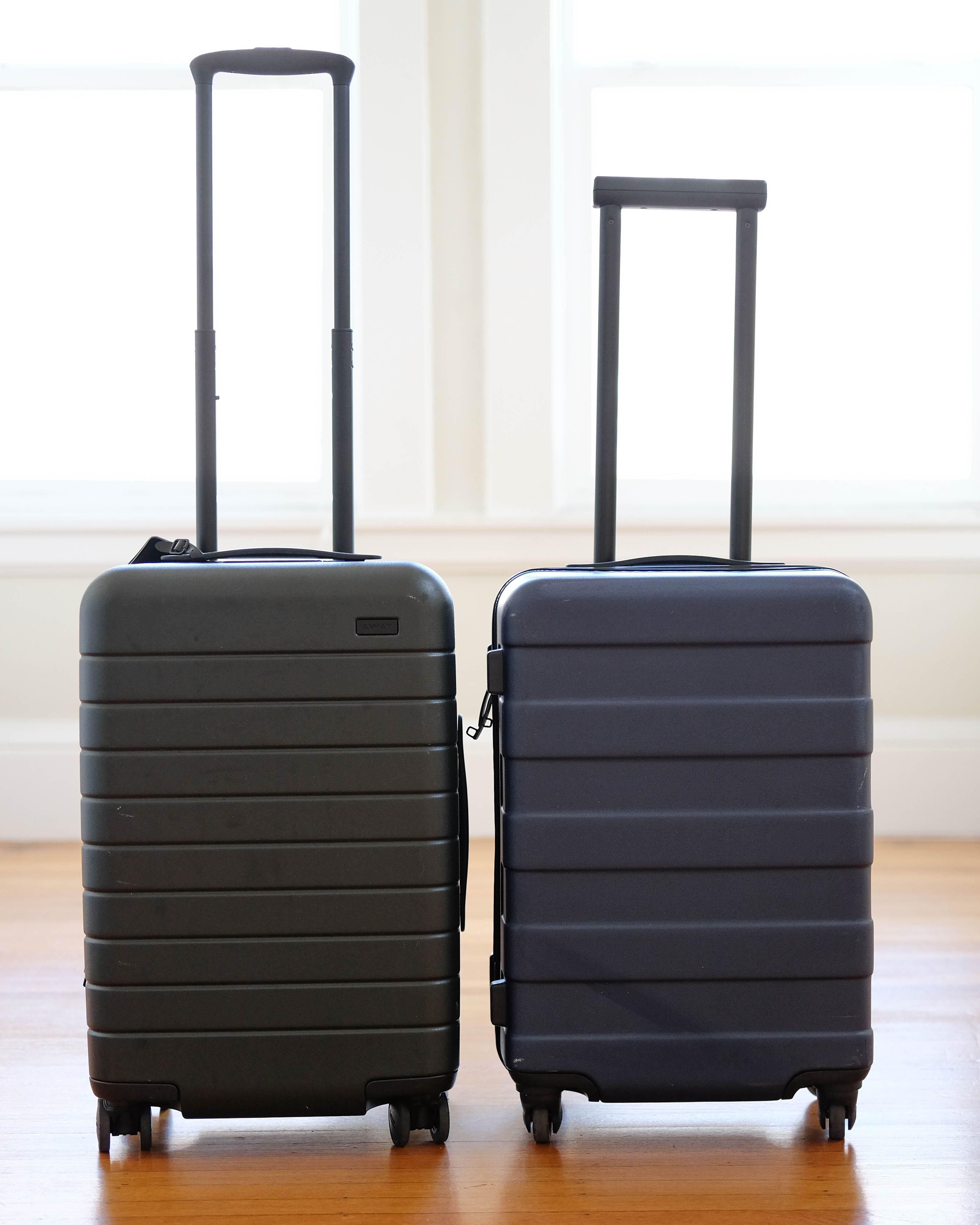
As for the interior, they are similar but each has its own style. The general layout is the same – on the left you have a large, uninterrupted area that zips closed completely. On the right – where the telescoping handle lives – you have a slightly lumpier and more nebulous space that doesn’t zip closed but can be compressed in some way. The MUJI includes two zippered pockets on the left side, while the Away does not. The Away has their “patent-pending” compression system on the right side that uses a large floating “pocket” to evenly distribute pressure on the soft contents of the right side, while the MUJI just has the standard “X” belts. At first I was not sold on the Away compressor – it just kinda floats there like a strange, floppy pocket – but I will say that it does do a better job of compressing the contents, as it can press more evenly across the suitcase. With that said, I wish the pockets were on the left side like MUJI. Having the only pocket located under the tight belts make me nervous about putting things in there (they also just roll around a lot, since it’s such a big pocket that’s not really attached to anything). The Away does include a small pocket that unrolls into a laundry bag, so perhaps that could be incorporated into the mix as an alternative.
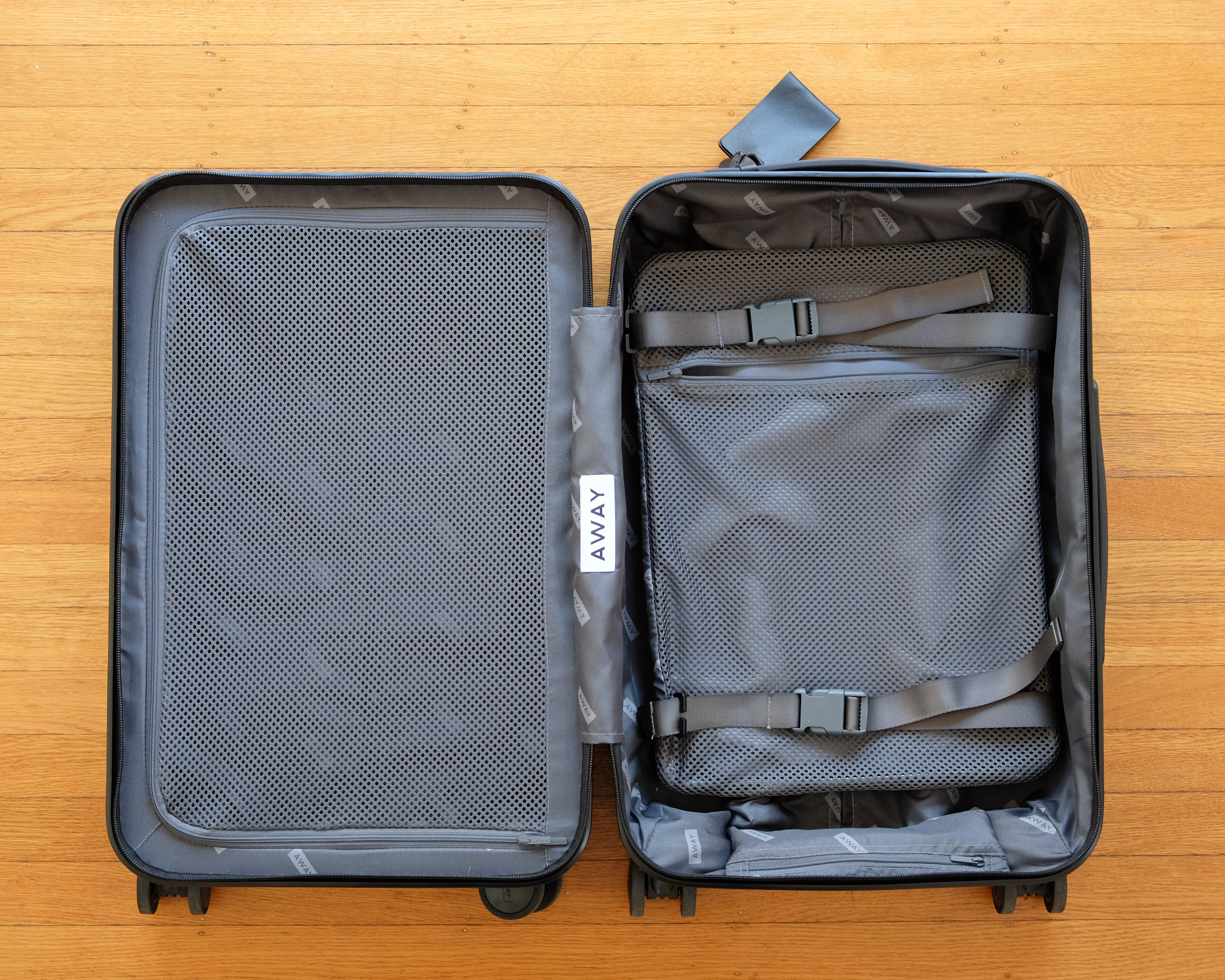
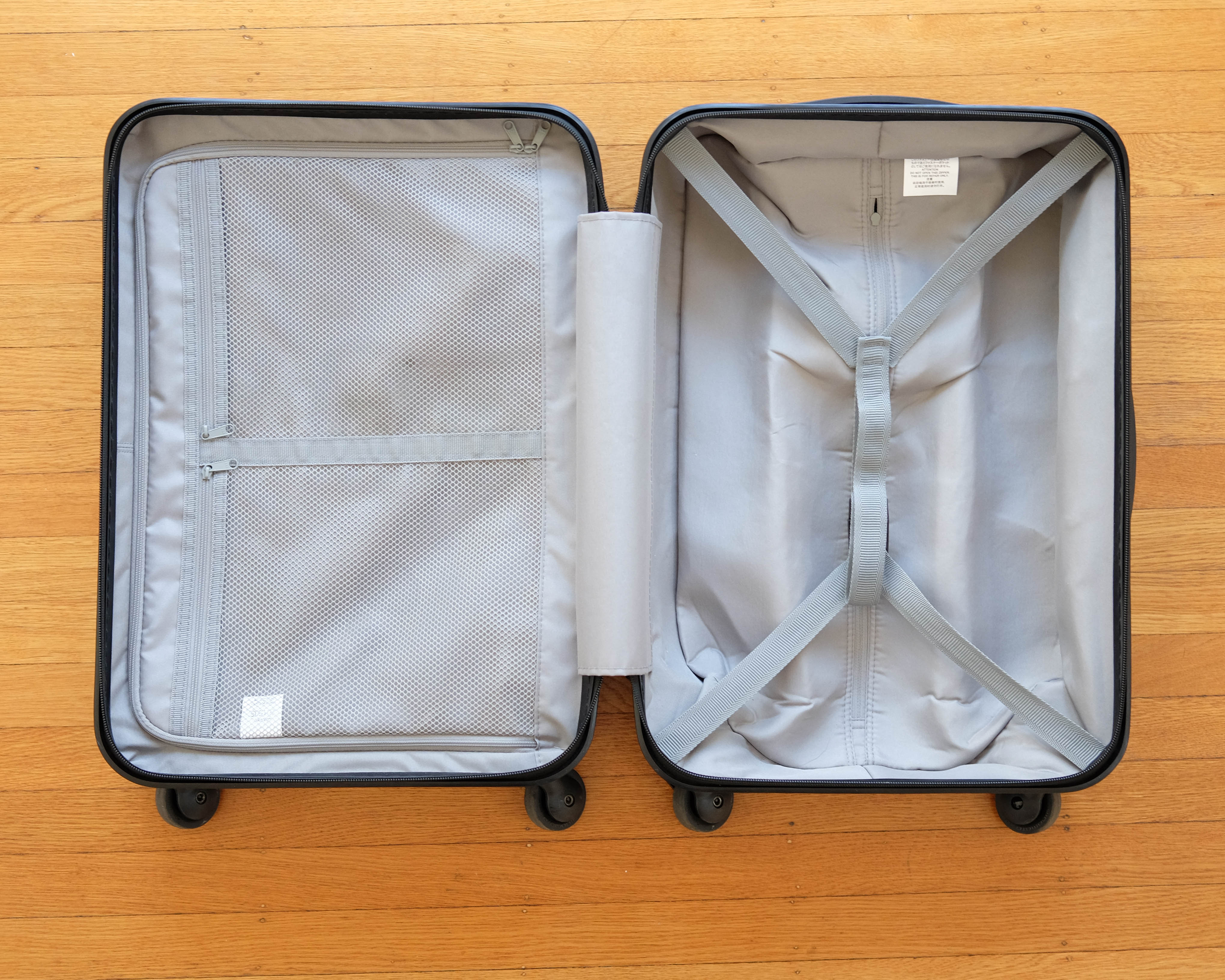
Away vs. MUJI – technical comparison
These are my main thoughts on the more opinion-driven aspects of each, but let’s not forget about the numbers. There are notable differences in weight, capacity, and price, so here’s a closer look at these important factors (Away first, MUJI second):
- Weight: 7.0 v 7.5lb ( Away -7%)
- Capacity: 38 v 33L (Away +15%)
- Price: $205 (with this referral link, $20 off shown at checkout) shipped v $178.95 shipped (Away +15%)
- Available colors: 7 v 3 (Away by 4)
Away has the edge in every category here except for price, where MUJI is a bit ahead. Both have a TSA lock, 4 rolling wheels, and a polycarbonate shell.
Do I think this is the perfect carryon? No. With that said, I think it’s a solid suitcase. Both MUJI and Away have significant benefits and noteworthy flaws in my opinion, so it’s more of seeing which is better fitted to your lifestyle – hopefully this review helps aid in that decision. As for me, the Away is my current go-to carryon because it has a bit more space and is more comfortable to move (due to the long handle). The MUJI will likely end up at my girlfriend’s place, since the short handle certainly won’t bother her. All told, either would make a solid choice for a carryon, and would be aesthetically and functionally superior to most of what’s available at this price.
More images:
